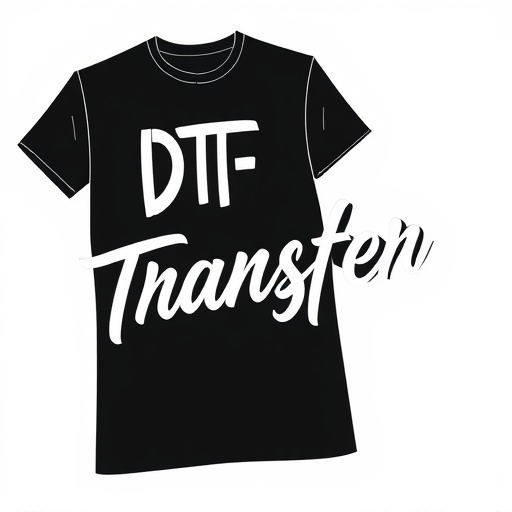Direct-to-film (DTF) transfers offer businesses a cutting-edge printing solution for high-volume needs. By eliminating intermediate plates or screens, DTF streamlines production, reduces waste, and maintains consistent print quality. Powered by advanced inkjet printers, it supports diverse applications from custom labels to product prototypes. DTF's swift design switching and personalization make it ideal for on-demand printing, maintaining aesthetics and professionalism. Its efficiency, durability, and versatility make DTF an attractive solution for large-scale projects, with optimal results achieved through best practice adherence.
Direct-to-film (DTF) transfers are transforming high-volume business operations by offering efficient, cost-effective printing solutions. This comprehensive guide delves into the world of DTF, exploring its benefits for businesses seeking rapid, high-quality output. From understanding the fundamentals to choosing the right technology and best practices, we provide an in-depth overview. Learn how DTF integrates seamlessly into existing workflows and discover inspiring case studies showcasing its real-world impact. Maximize your printing potential with this essential guide to DTF transfers and printing.
- Understanding Direct-to-Film (DTF) Transfers: A Comprehensive Overview
- Benefits of DTF for High-Volume Business Applications
- Choosing the Right DTF Transfer Technology
- Best Practices for Achieving High-Quality DTF Prints
- Integrating DTF into Your Existing Workflow: Tips and Tricks
- Case Studies: Real-World Success Stories with DTF Transfers
Understanding Direct-to-Film (DTF) Transfers: A Comprehensive Overview

Direct-to-film (DTF) transfers are an innovative printing technology designed to offer high-quality, durable prints for business applications that demand speed and efficiency. Unlike traditional printing methods, DTF involves transferring ink directly onto a film or substrate, eliminating the need for intermediate plates or screens. This process is particularly beneficial for high-volume businesses as it streamlines production, reduces waste, and ensures consistent print quality across thousands of copies.
DTF technology leverages advanced inkjet printers capable of precise, high-resolution printing. The versatility of DTF extends beyond traditional marketing materials; it’s suitable for creating custom labels, packaging, and even short-run product prototypes. Moreover, the ability to quickly change designs or personalize prints makes DTF an attractive option for businesses seeking dynamic, on-demand printing solutions without compromising on aesthetics or professionalism.
Benefits of DTF for High-Volume Business Applications
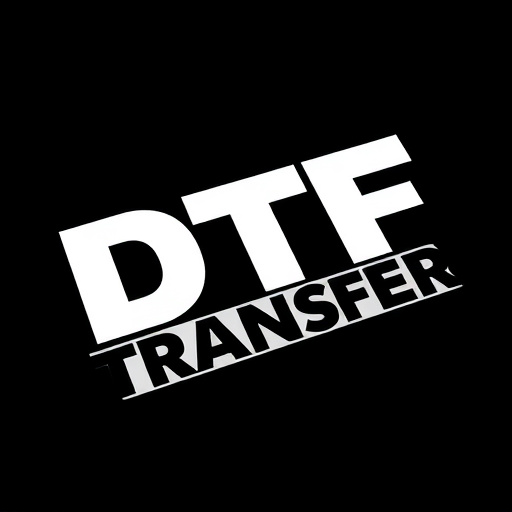
Direct-to-film (DTF) transfers offer significant advantages for high-volume business applications. One of the key benefits is its efficiency; DTF printing allows for quick and accurate production of custom prints at scale, reducing turnaround times compared to traditional methods. This streamlined process enables businesses to meet tight deadlines and respond swiftly to market demands.
Additionally, DTF technology provides superior print quality, ensuring crisp and vibrant DTF prints that maintain their integrity even under high-wear conditions. The direct application to film eliminates the need for separate plates, making it highly versatile for various business needs, from promotional items to branded merchandise. This versatility, coupled with speed and durability, makes DTF transfers an attractive choice for businesses seeking a reliable and efficient printing solution for large-scale projects.
Choosing the Right DTF Transfer Technology
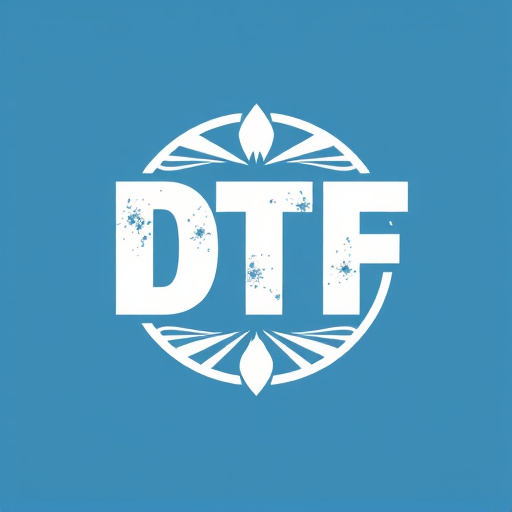
When selecting a Direct-to-Film (DTF) transfer technology for high-volume business needs, it’s crucial to consider factors like print quality, speed, and cost-effectiveness. Modern DTF printing technologies offer advanced features such as vibrant color accuracy, precise detail reproduction, and fast processing times, ensuring high-quality DTF prints that meet professional standards. Look for systems that employ cutting-edge ink and film combinations, enabling consistent and durable DTF transfers.
The right choice should align with your business’s specific requirements. For instance, if you deal with a wide range of media types or have demanding print specifications, advanced DTF transfer solutions with customizable settings might be the way to go. These options allow for optimal DTF Printing results across different materials and applications, from promotional items to custom apparel.
Best Practices for Achieving High-Quality DTF Prints
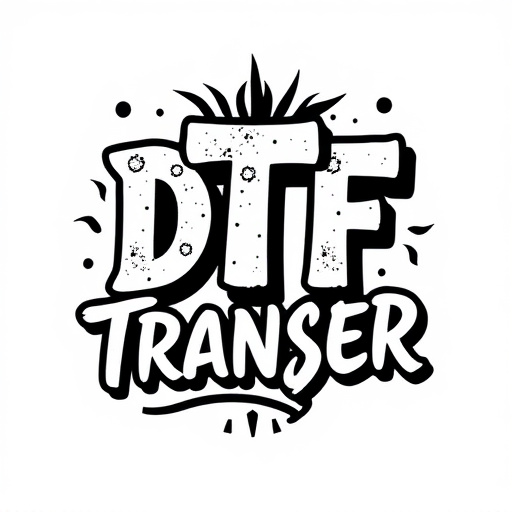
Achieving high-quality Direct-to-Film (DTF) prints requires a meticulous approach and adherence to best practices. One of the primary considerations is using top-notch DTF transfer films designed for optimal ink adhesion and color accuracy. Ensuring the print head is clean, well-maintained, and compatible with the chosen film type is paramount. Proper settings and calibration of the printer are crucial; this includes optimizing temperature and pressure during printing to prevent smudging or uneven ink application.
Additionally, pre-treating substrates and post-processing prints can significantly enhance DTF results. Pre-cleaning the substrate removes any contaminants that might interfere with ink adhesion. Curing the prints immediately after production using appropriate UV or heat treatments locks in colors, ensuring durability. Regularly replacing print heads and maintaining a clean printing environment are also essential practices for consistent high-quality DTF outputs, catering to demanding business needs.
Integrating DTF into Your Existing Workflow: Tips and Tricks
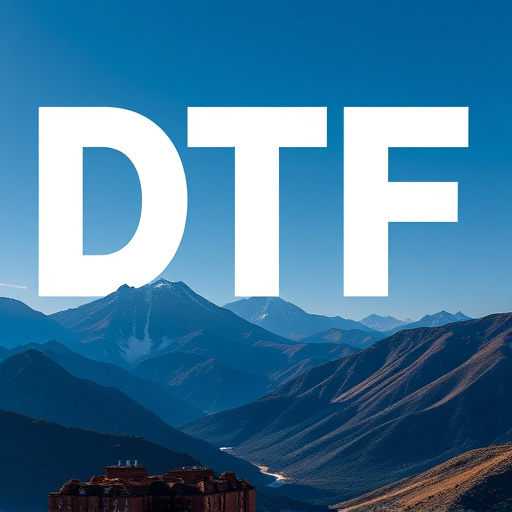
Integrating Direct-to-film (DTF) transfers into your existing workflow can streamline operations and enhance productivity for businesses dealing with high-volume printing needs. One of the key advantages is its compatibility; DTF technology seamlessly fits into established printing processes, allowing for a quick adoption without significant disruptions. To facilitate this transition, ensure your equipment and software are DTF-capable, as not all printers or cutting machines support this advanced feature. This might involve an initial investment in compatible hardware, but it will pay dividends in the long run by reducing setup times and improving overall efficiency.
When implementing DTF transfers, consider optimizing your design process to take full advantage of this method. Prepare your artwork with print-ready files, ensuring high resolution and accurate color representation. Keep in mind that DTF printing offers exceptional detail and precision, so intricate designs will be rendered beautifully. Additionally, batch processing can be a game-changer; pre-cutting designs or using templates for repetitive elements saves time and reduces human error, allowing your team to focus on more creative aspects of production.
Case Studies: Real-World Success Stories with DTF Transfers
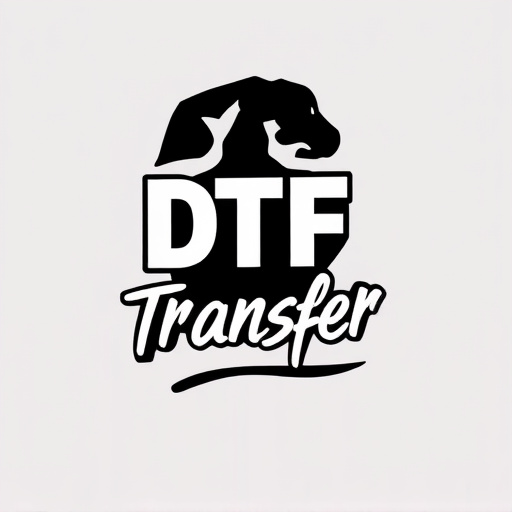
Direct-to-film (DTF) transfers have proven their worth in numerous real-world applications, showcasing successful outcomes for businesses across various industries. These innovative printing solutions offer a range of benefits, from enhanced productivity to improved product quality. For instance, a leading packaging manufacturer adopted DTF technology to print high-resolution graphics on custom-shaped containers. The result? A significant reduction in production time and costs, while maintaining exceptional visual appeal.
Another compelling case study involves a retail chain that utilized DTF printing for in-store signage and promotional materials. By implementing DTF transfers, they achieved faster turnaround times and the ability to personalize content for different store locations. This flexibility enabled them to adapt quickly to market trends and customer preferences, ultimately driving sales and improving customer engagement. These success stories highlight how DTF Transfers can revolutionize business operations by streamlining processes and delivering exceptional visual results.














